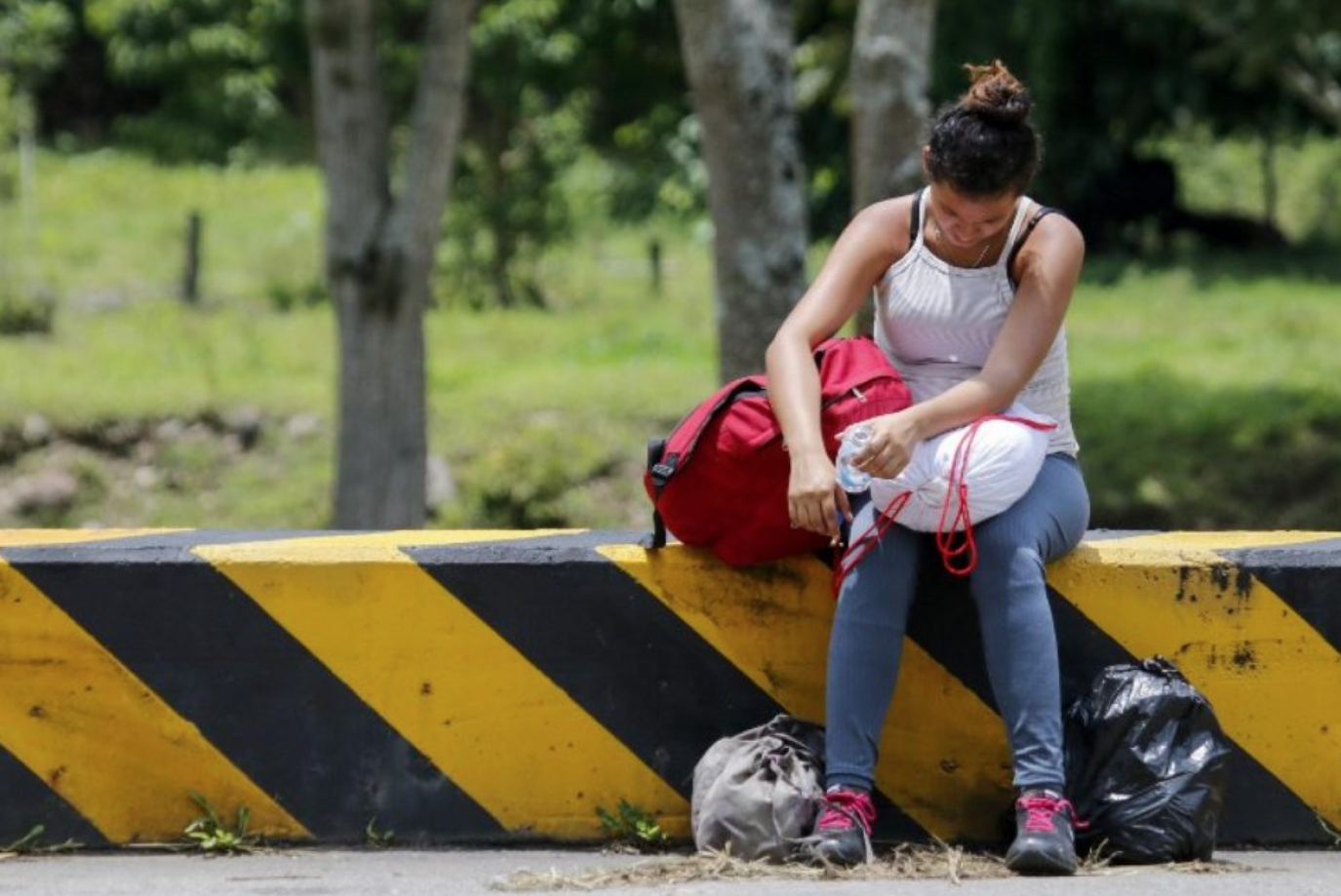
Coauthor Natalia Cintra
The number of people in the world who are forced to leave their country of origin is increasing significantly due to growing challenges derived from wars, climate change, poverty, food insecurity, and gender-based violence. Forced migrants reached 89.3 million worldwide by the end of 2021, according to the United Nations High Commissioner for Refugees (UNHCR). In Latin America, this flow has been increasing since 2015 by more than 6 million because of displaced Venezuelans fleeing to neighbor countries. Half of them are women and girls.
In this context, there has been a “feminization” of forced migration. Women and girls who travel without spouses or male relatives, or who are forced to migrate for reasons connected to gender-related risks, represent a growing percentage. The experiences of displaced women and girls are inherently linked to situations of insecurity that affect their sexual and reproductive health and their health generally speaking
Feminization of migration
Women make up almost half of the world’s 272 million migrants and 48% of all refugees, according to the International Organization for Migration (IOM). In Latin America and the Caribbean, women represent slightly more than half of all migrants.
Intra-regional migration has been feminized, mainly due to the large migrants flow from Venezuela. While the critical situation in the country affected the population in general, it disproportionately affected women and girls. For instance, food shortages have a particularly unfavorable effect on female caregivers and heads of households, who are often responsible for feeding children and caring for the elderly. According to the UNHCR, there are high rates of malnutrition among pregnant women in poor neighborhoods and a significant increase in infant and maternal mortality rates.
In addition, the sharp decline in medical infrastructure affected women of childbearing age, because of the lack of contraceptives. This, together with the decline in medical infrastructure, drove the increase of sexually transmitted diseases (STD), in particular HIV, the increase in maternal mortality, the risk of unwanted pregnancies, and unsafe abortions. The worsening of hospitals and maternity hospitals also led to limited prenatal and postnatal care. According to Amnesty International (2018), between 2015 and 2016 maternal deaths increased by 65% and infant mortality by 30%.
Not only, Venezuela has the highest maternal mortality rates in the region, but 13% of these deaths are the result of unsafe abortions. These reasons explain the feminization of migration in Latin America.
Gender-based violence in the shift
Forced displacements generally aggravate vulnerabilities and risks among women and girls. They are particularly exposed to risks of exploitation, sexual violence and sexual behaviors that are risky for their (economic) survival, leading to an increasing number of unwanted pregnancies, HIV, sexually transmitted infections (STI), maternal death and generalized insecurity.
In general, the risks and needs of displaced persons are not gender-neutral, and protection systems must respond in agreement with those gendered needs and rights. However, many host countries are ambiguous in governance and accountability, even criminalizing or stigmatizing displaced women and, as a consequence, reproducing gender inequalities.
Brazil and female migrants’ protection and defencelessness
Brazil is a paradigmatic case because it has a long and unique history of migration policy and migrants and refugees protection. In 2019, three years after an important influx of Venezuelans to Brazil, the government classified Venezuela as a country in a situation of “serious and widespread violation of human rights.” This allowed Venezuelans to be recognized as refugees and, as a result, to enjoy the corresponding protection rights. In this context, the “Operación Acogida” was laid down in 2018, as an essential humanitarian program to provide order, shelter and health care.
Despite these impressive achievements, protection gaps risk derailing progress and, moreover, reproducing human rights violations for many Venezuelan migrants. The first gap is the one of border policies, surveillance, and militarization that has pushed many women to use irregular roads as alternative border crossings due to the fear of mistreatment or deportation. This has intensified since the COVID-19 outbreak.
Many women who enter the country through irregular means become undocumented, invisible and have difficulties in accessing protection systems, papers information, shelters and the universal health care system. If migrant women and girls become invisible, they fall into the cracks of a system that privileges those who enter through the official ‘big door’, increasing dependency on informal labor, exploitation and abusive relationships.
Time is another factor that produces and/or increases situations of risk, helplessness and unworthiness for migrant women and girls. For example, this time corresponds to the one they spend in the street waiting to be sheltered, to receive information and papers, to be regularized, to find a job, to get medical attention or in the street when they must leave the night shelters.
In addition, the shelters that operate mainly under “Operación Acogida”, although they appease some immediate needs, they are affected by lack of privacy, hygiene, and security in communal tents where hundreds and hundreds of migrants sleep together.
This comes besides the lack of support in caregiving and in achieving decent and formal jobs. Socioeconomic conditions directly influence the experiences of migrant women who are responsible for caregiving tasks. There is also the risk of these women being sexually exploited, given the urgent needs they face. Therefore, specific policies are needed to improve their access to formal jobs, and to support caregiving and schooling, in order to break cycles of poverty and exploitation. Finally, there is a linguistic and cultural gap that hinders communication and use of the existing protection services, especially risky for victims of violence who are limited in their ability to denounce or seek support.
Protection as a whole must go beyond a short-term, emergent approach. There are serious gender implications in how protection regulations, policies and services are conceived and implemented in places of leap and residence. A feminization of the protection approach must ensure conditions that allow migrant women and girls to rebuild their lives regarding their immediate environment and their future.
Natalia Cintra is a postdoctoral researcher at the University of Southampton, UK. Ph.D. in Law (PUC-Rio). Her research interests include migration and asylum studies from a racial and gender perspective.
*Translated from Spanish by Camille Henry


